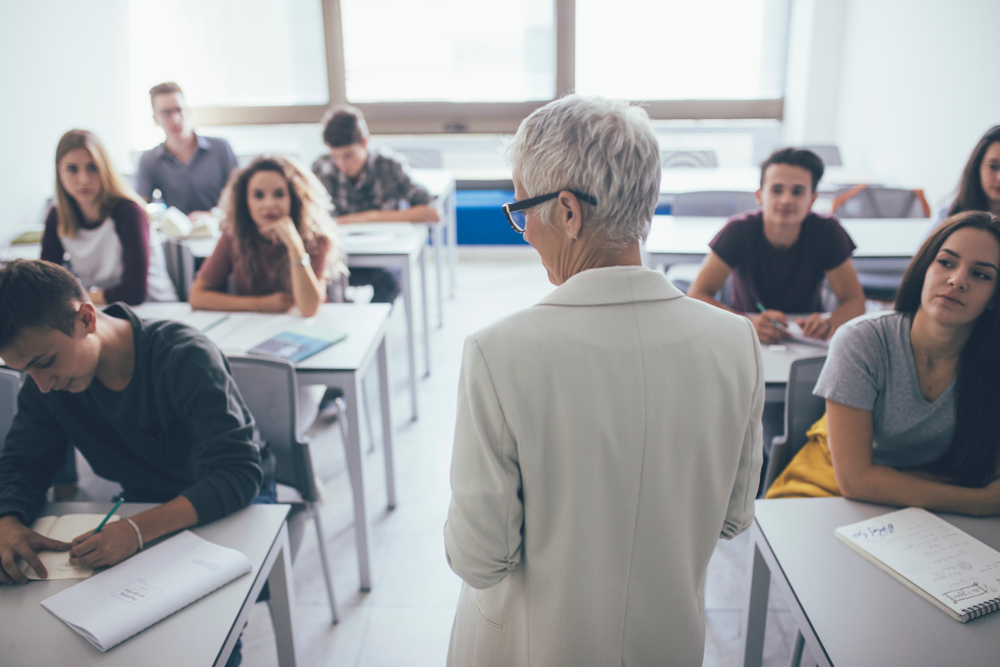 Active learning is a proven technique for gaining your students’ attention and increasing their information retention, one with more than 30 years of evidence backing it up. Just as with any teaching technique, its efficacy depends on your students, the particular parameters of your course, and how you approach employing it.
Active learning is a proven technique for gaining your students’ attention and increasing their information retention, one with more than 30 years of evidence backing it up. Just as with any teaching technique, its efficacy depends on your students, the particular parameters of your course, and how you approach employing it.
Incorporating active learning works best when you use a backward design approach. First, identify your learning goals and how you’ll assess if your students have reached them. Then, choose the active learning exercises that reinforce the most important and most difficult elements of the curriculum.
The three main places to incorporate active learning techniques are:
- Critical Topics: If the students must grasp an element in order to move forward in the course, it makes sense to give them an opportunity to simultaneously test their knowledge and learn from each other.
- Challenge Points: Giving students activities to help them discuss and work through the most difficult points in your curriculum can help them grasp it better and faster. Eric Mazur, a Harvard professor, and interactive learning pioneer recommends peer-learning at these points.
- A Step Beyond: Questions that test the students’ level of understanding beyond reading and lectures are great active learning starting points. These are usually questions you reserve for extra credit or only expect one or two students to be able to answer mid-lecture.
In a 2015 survey of Faculty Focus readers, most professors cited time as the biggest barrier to implementing new active learning techniques. We’ll give you a number of techniques that can work into lectures easily and lesson plans for active learning days in later blog posts, but it’s important to know that there will be other challenges.
Active Learning Challenges
- Students May Resist: Active learning requires students to be more prepared for class and work harder in it. Lectures are what they’re used to, and answers won through experiential learning can be harder to achieve.
- Activities Don’t Always Work: What sparks 20 minutes of a debate one year might lead to dead air in another. Every group of students and how they interact will be different. You’ll need to test techniques and perfect your curriculum over time.
- Classrooms Aren’t Built for It: Movable furniture and technology updates are becoming more common, but lecture halls still dominate a lot of campuses. Creating a collaborative environment in a 300-seat tiered theater is difficult, but not impossible.
Just as with any other teaching technique, start out trying a few elements of active learning and see how your class reacts. Learn from what works and what doesn’t and wade your way through to making your classroom fully interactive.
